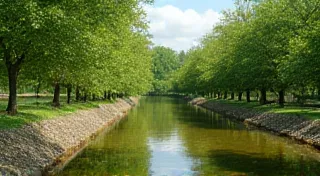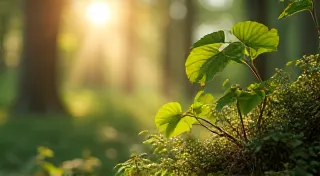Ephemeral Treasures: The Art of Harvesting Time-Sensitive Fruits
There's a melancholic beauty in impermanence, a poignant understanding that the most exquisite things are often the most fleeting. Think of a perfect sunset, a child's laughter, or the bloom of a cherry blossom. And then consider fruit – not the commonplace apples and oranges lining supermarket shelves, but the rare, time-sensitive treasures tucked away in hidden orchards and wild landscapes. These fruits offer a connection to history, a taste of forgotten flavors, and a quiet appreciation for the rhythm of the natural world – if you can harvest them in time.
My fascination with these ephemeral fruits began, oddly enough, with an antique accordion. My grandfather, a quiet man of few words, left me his Hohner Monarch. Its bellows were cracked, its keys sticky, and the once-rich tone was muted. Restoring it became more than just a project; it was a conversation with a craftsman long gone, a tangible link to a past filled with music and tradition. Just like the painstaking care required to coax life back into that old instrument, cultivating time-sensitive fruits demands patience, knowledge, and a deep respect for the delicate balance of nature.
The Challenge of Time: Understanding Ephemeral Harvests
The concept of an "ephemeral harvest" isn't about simply growing a difficult fruit. It’s about fruits with extraordinarily short harvest windows – days, sometimes even just hours – when they are at their peak ripeness. Miss that window, and you're left with fruit that’s either rock-hard and unripe, or mushy and overripe. It's a race against the clock, influenced by weather patterns, pollinator activity, and the sheer unpredictability of nature. The history and traditions around many of these fruits are fascinating; one might even consider exploring the forgotten feast and reimagining fruit-based recipes and culinary traditions to gain a deeper appreciation for these treasures.
Consider the pawpaw (Asimina triloba), North America’s largest native fruit. These creamy, custard-like delights ripen for just a week or two in late summer. They drop from the tree when perfectly ripe, making collection a frantic dance under the shade. Or think of cloudberries (Rubus chamaemorus), tiny golden jewels found in the arctic and subarctic regions. Their brief window of ripeness is a frantic scramble for local foragers, mindful of competition from wildlife.
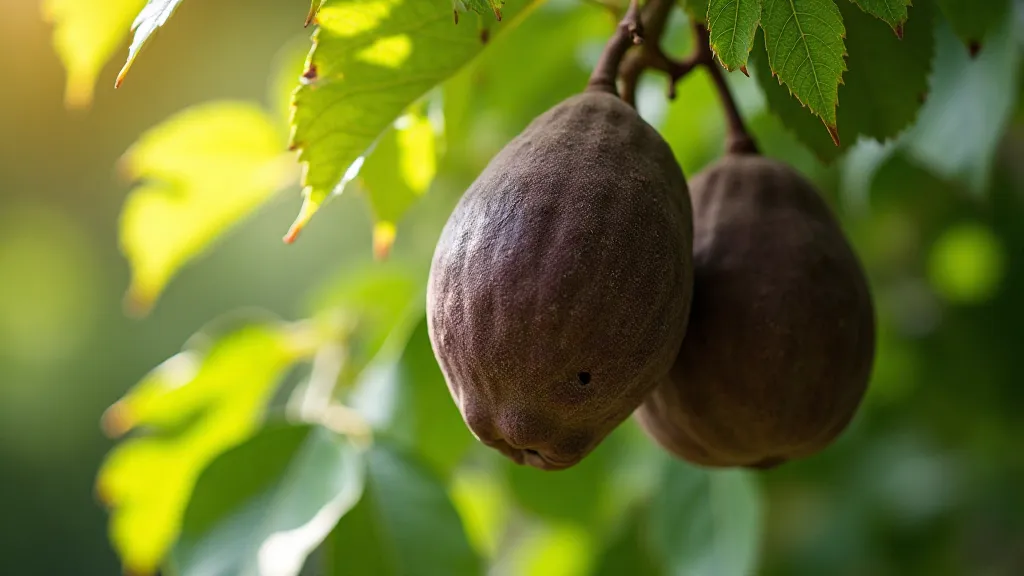
Unveiling the Treasures: Examples of Time-Sensitive Fruits
Let’s explore a few of these remarkable treasures and the unique challenges they present.
- Pawpaw: As mentioned, pawpaws are a complex delight – the flavor is often described as a blend of banana, mango, and pineapple. Their short harvest window requires constant monitoring and, ideally, frequent trips to the orchard. They bruise easily, so gentle handling is paramount.
- Cloudberries: These arctic berries are notoriously difficult to find and harvest. They thrive in boggy, poorly drained soils and are prized for their distinctive orange-gold color and tart, slightly floral flavor. Foraging requires a keen eye and knowledge of their habitat.
- Salal Berries: Found in the Pacific Northwest, salal berries (Gaultheria shallon) are another fleeting treasure. Their harvest season lasts only a few weeks in late summer. They are often overshadowed by larger berries, making them a challenge to collect.
- Mulberries (White & Red): While readily available in some areas, the truly exceptional white mulberry varieties boast an incredibly brief period of peak ripeness. The fruit simply bursts from the branch, demanding constant surveillance and quick action.
- Juneberries (Saskatoon Berries): Slightly less demanding than some others on this list, Saskatoon berries still present a challenge. Their peak ripeness arrives quickly and requires careful observation to avoid a crop of unripe or overly ripe berries. The financial sustainability of small-scale fruit production is a crucial consideration for those working with these rarer varieties, making an understanding of the orchard's ledger increasingly important.
Cultivating Patience: Techniques for Maximizing Yields
Successfully cultivating and harvesting these ephemeral fruits isn’t just about luck. It demands a thoughtful approach. Here are a few key techniques:
- Site Selection: Mimic the fruit's natural habitat. Pawpaws, for example, prefer shaded, moist conditions. Cloudberries need acidic, boggy soils.
- Pollination Management: Many of these fruits rely on specific pollinators. Understanding their needs and providing habitat for pollinators is crucial.
- Frequent Monitoring: This is the most vital aspect. Daily checks during the harvest window are essential to identify fruit at peak ripeness.
- Gentle Harvesting Techniques: Bruising accelerates spoilage. Handle fruit with extreme care, using soft-mesh bags or baskets.
- Bird & Wildlife Deterrents: These delicacies are highly sought after by birds and other wildlife. Netting and other protective measures are often necessary.
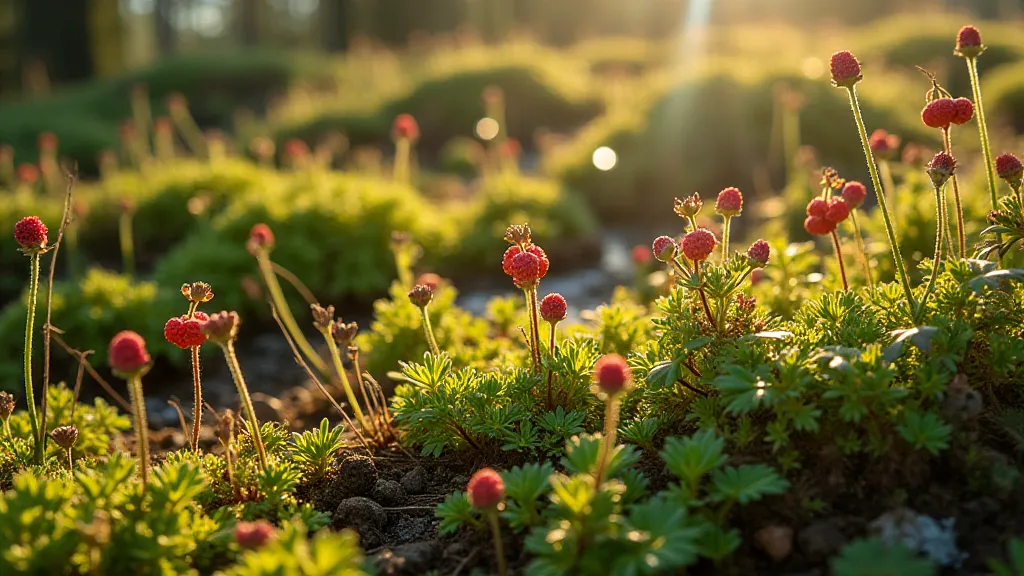
Preserving the Essence: Methods for Extending the Harvest
Even with careful harvesting, the fleeting nature of these fruits means preserving their essence is paramount. Fortunately, several traditional methods work wonders:
- Freezing: A simple and effective method for most fruits, preserving their flavor and texture.
- Jam & Jellies: Transforming the fruit into long-lasting preserves.
- Dehydration: Creating dried fruit snacks.
- Infusions & Liqueurs: Capturing the unique flavor in alcoholic beverages.
- Freezing purees/sauces: Blending the fruit into a sauce and freezing it for later use in baking or sauces.
My grandfather’s accordion restoration taught me that true craftsmanship isn’t about speed or efficiency; it’s about patience, respect for materials, and a deep understanding of the process. Similarly, cultivating and harvesting ephemeral fruits is a lesson in appreciating the present moment, recognizing the fragility of beauty, and savoring the unique flavors that nature offers – if we’re observant enough to seize them. Maintaining genetic diversity within these rare fruit varieties is paramount to ensuring their future, requiring a careful approach to seed saving and propagation. Those interested in this aspect may find the seed’s inheritance – preserving genetic diversity in fruit varieties – to be a fascinating read.
The impact of a changing climate on these fragile ecosystems is a growing concern, and farmers are increasingly seeking ways to cultivate resilience. Exploring techniques for the obsidian orchard – cultivating resilience in a changing climate – offers valuable insights for long-term sustainability.
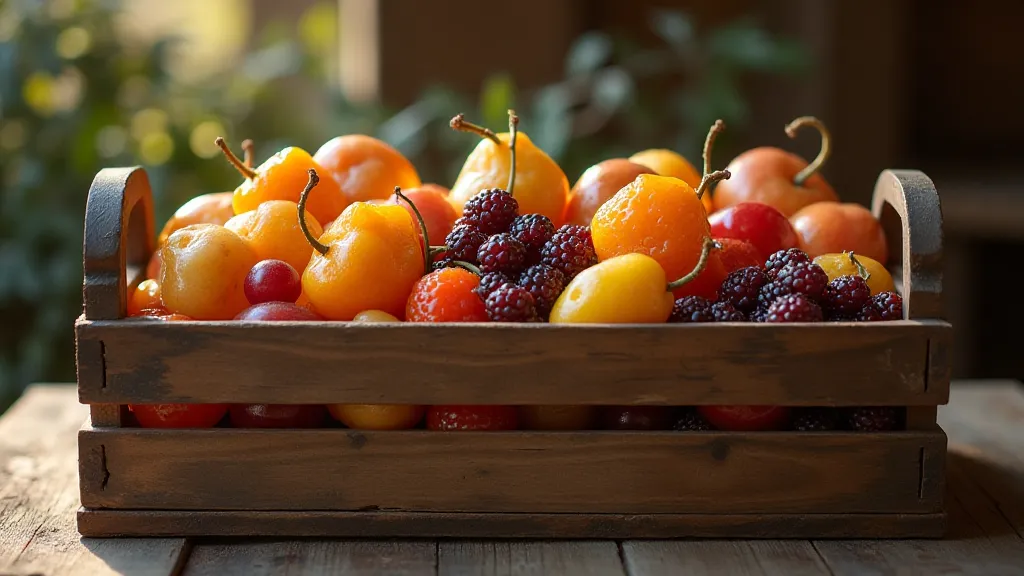
There's a quiet satisfaction in knowing you’re participating in a tradition, connecting with the past, and appreciating the subtle nuances of the natural world. The short harvest windows remind us that life, like these precious fruits, is fleeting – a reminder to savor every moment and appreciate the beauty that surrounds us.




